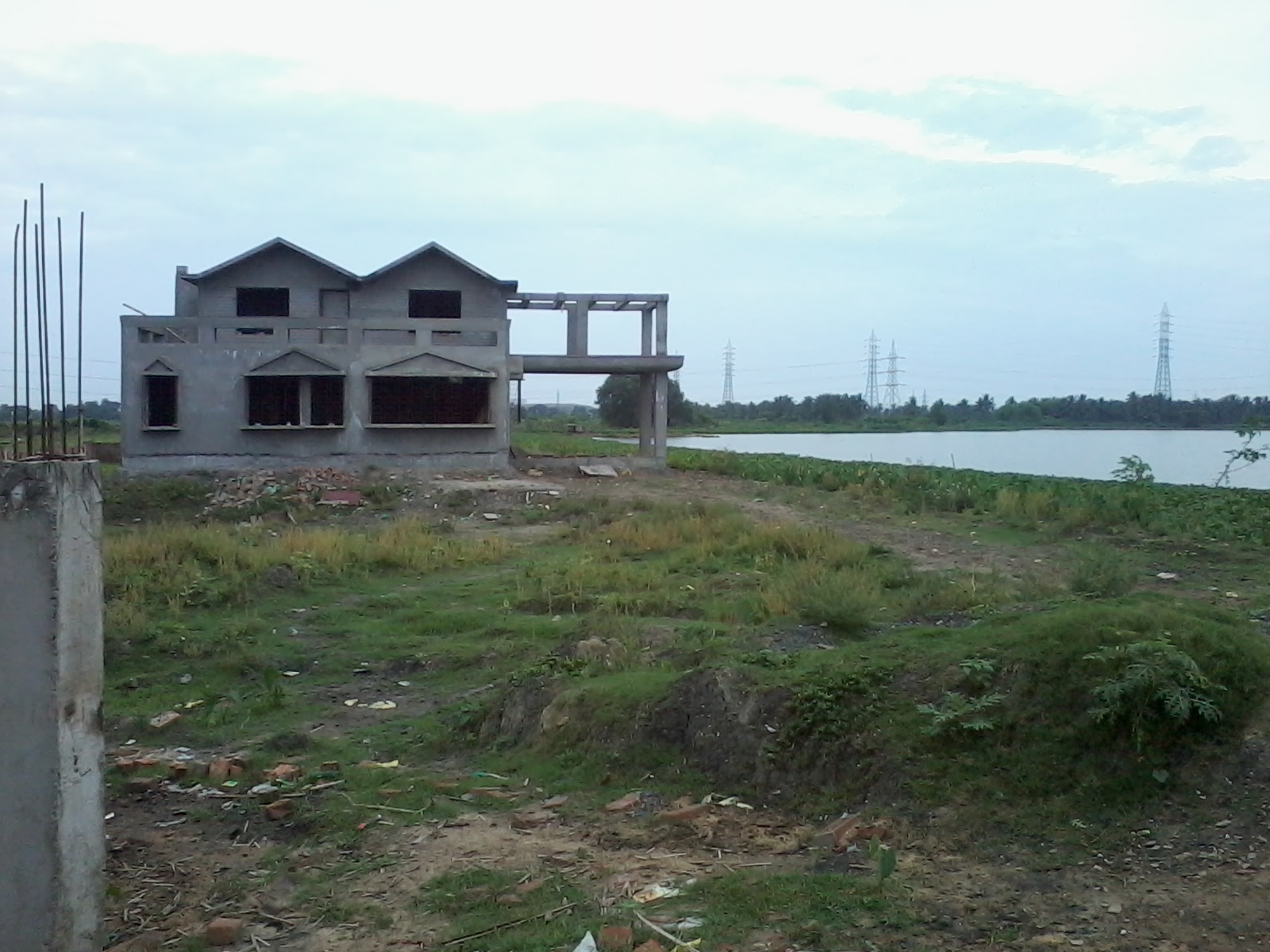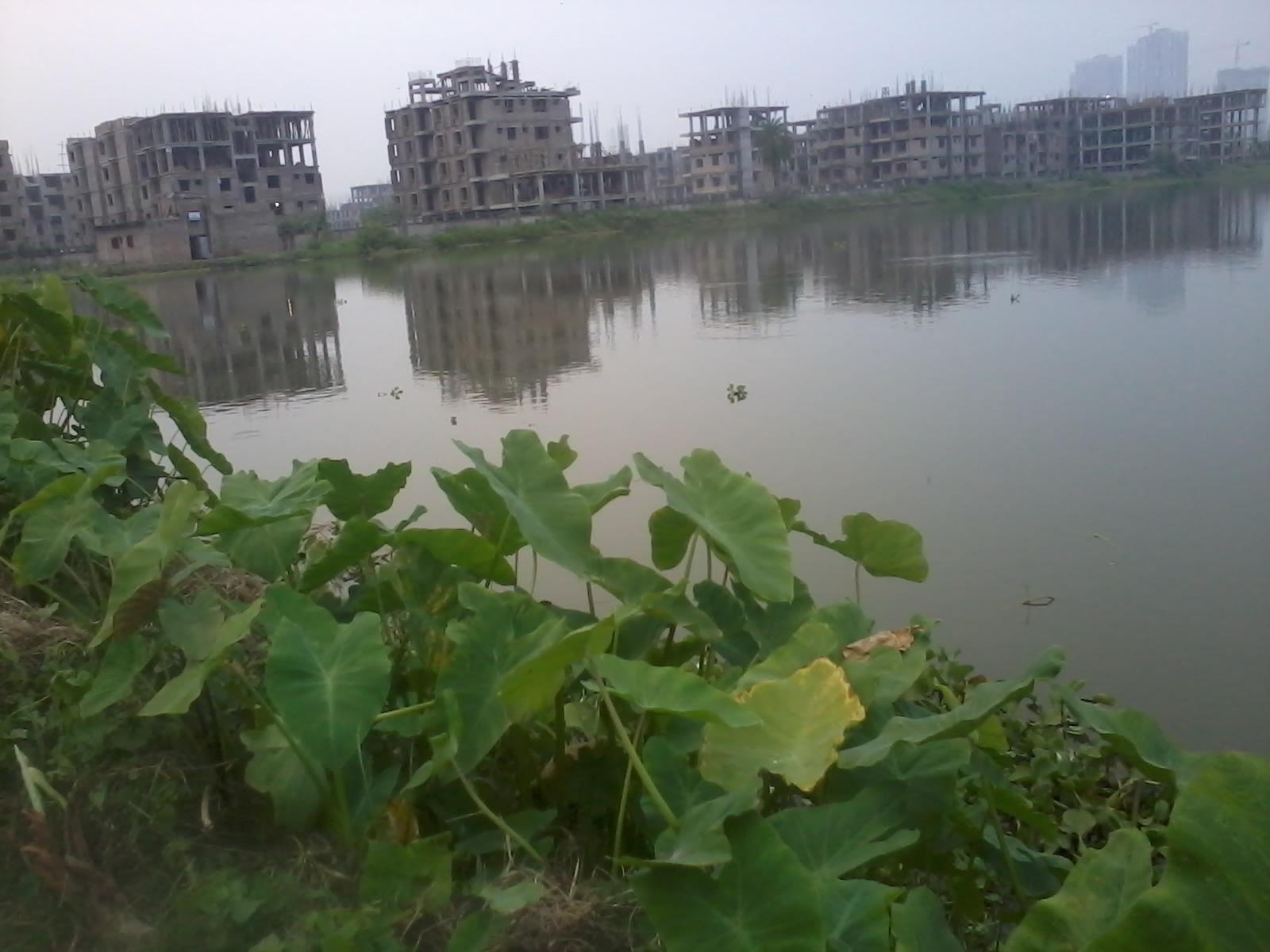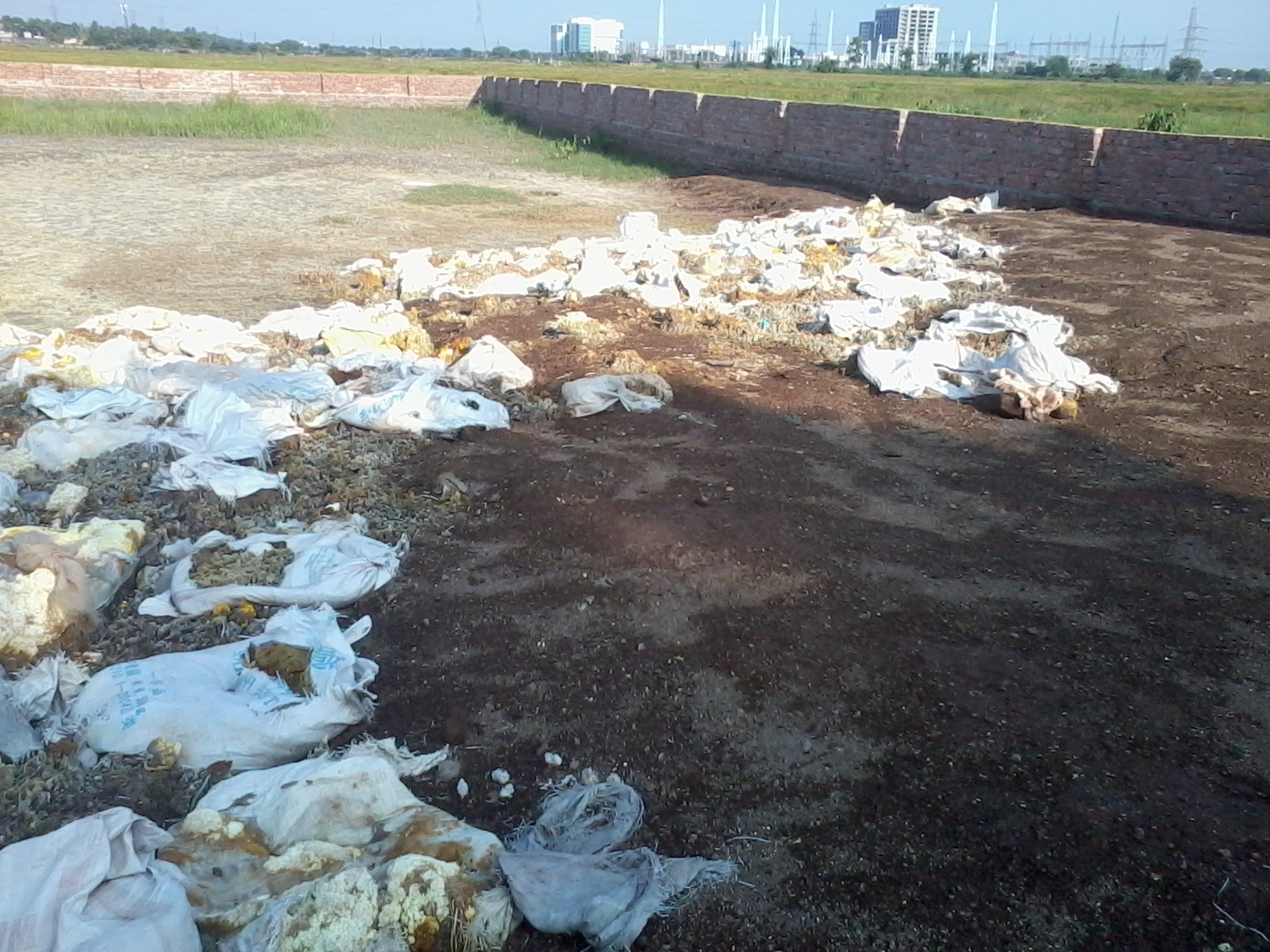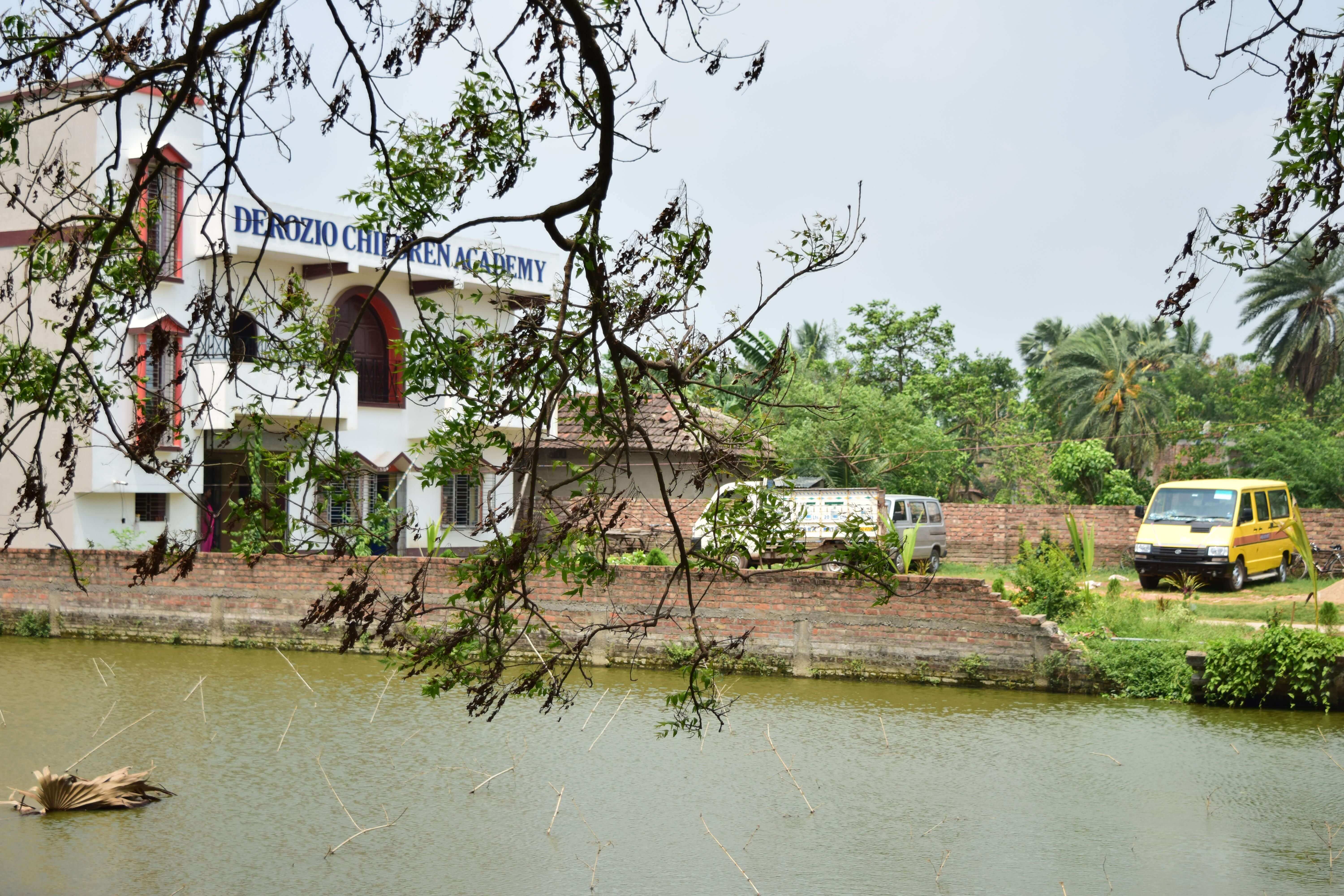Administrative
The 12,500 hectares of designated wetland area are a cluster of 32 mouzas or revenue villages spread over two districts – North 24 Parganas and South 24 Parganas – that make up the East Kolkata Wetlands. These are administered by municipalities or by Gram Panchayats (GPs), and there are two municipalities and seven Gram Panchayats covering the entire wetlands area. The majority of the wetlands area in North 24 Parganas comes under the jurisdiction of the Bidhannagar Municipality, Ward 36. In South 24 Parganas, there are seven Gram Panchayats – Beonta I, Beonta II, Bamanghata, Tardaha, Kheyadaha I, Kheyadaha II, Pratapnagar – that cover a majority of these mouzas. There are five mouzas within the Kolkata Municipal Corporation jurisdiction.
The provision of the sewage for discharge into the wetlands remains the task of the Kolkata Municipal Corporation. The distribution of the sewage is the responsibility of the Department of Irrigation & Waterways and the wastewater is regulated through a set of ten manually operated sluice gates at Bantala. The sewage reaches the fish ponds/ bheris through a network of channels and the management of sewage in the wetland area is entirely the responsibility of the fish farmers. Out of the fish ponds that are fully functional and producing fish round the year, a few have become cooperatives under the Department of Fisheries. These are provided with fishing equipment, incentives to opt for government schemes in their fishery, and have to pay the government a yearly lease in return. But the Department of Fisheries has a limited presence in these wetlands.
The oversight of the East Kolkata Wetlands is the task of the East Kolkata Wetlands Management Authority, formed in 2006 after the passing of the East Kolkata Wetlands (Conservation and Management) Act, 2006.
Judicial
In 1992, there was a Public Interest Litigation (PIL) brought by the NGO People United for Better Living in Calcutta (PUBLIC) against the engineering firm DCPL (Development Consultants Private Ltd) building a World Trade Center in the heart of the wetlands. PUBLIC won the case through a judgment by Justice Umesh Banerjee that is now famous nationally, as setting a standard for national environmental law, forbidding any manner of land use change in the East Kolkata Wetlands. Subsequently, the Supreme Court, in a separate case, also upheld the High Court’s judgment.
Conflicts


Wetlands on the Wane

Deliberate Ploy to Destroy the Paddy Field

Lesson for Children? This School was Built on the Wetlands.
[Previous Page: Biodiversity]

